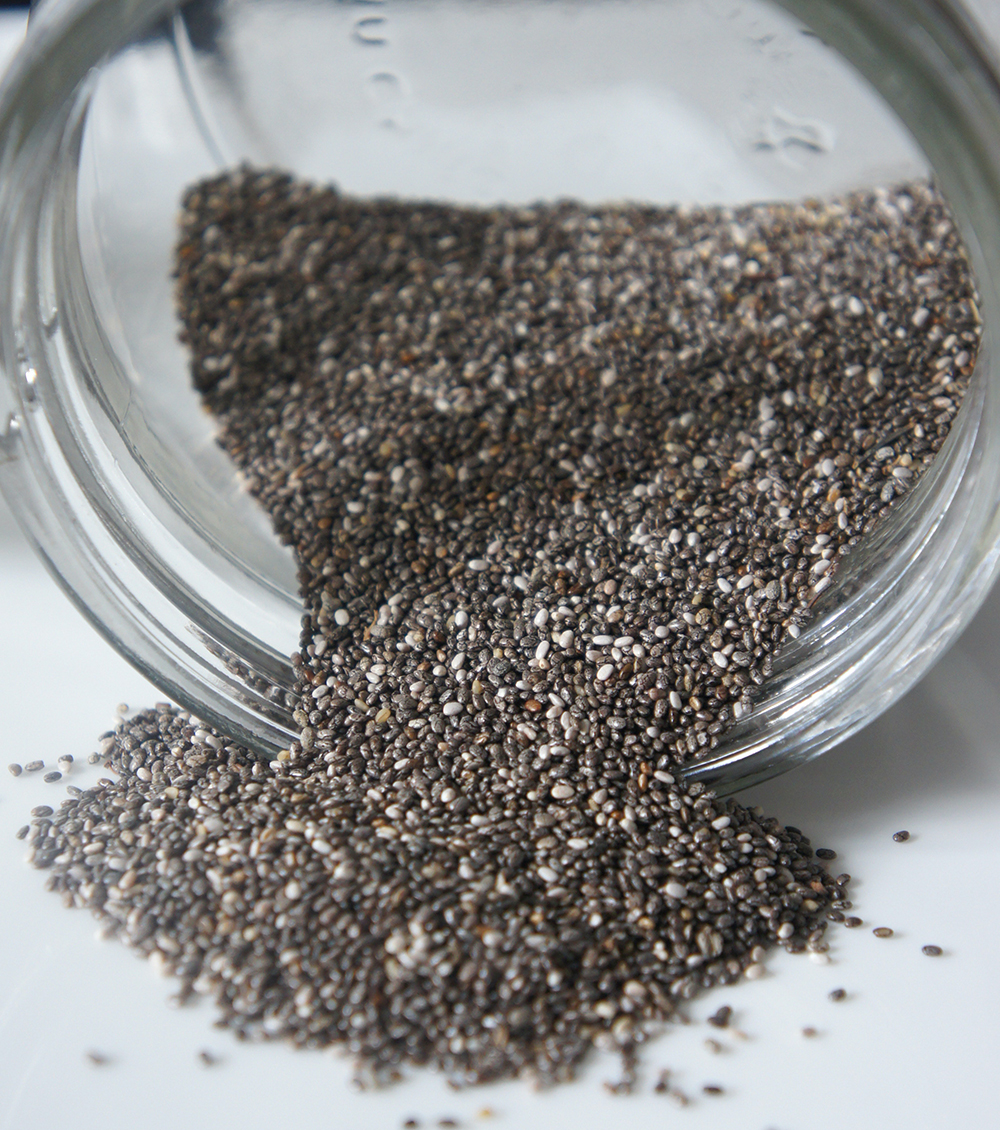The Parts Of Your Health You’re Probably Neglecting
Contributed by Ryan Peterson.
When it comes to taking care of your health, there are some things you know you must do. Exercise, healthy eating – they’re talked about all the time, which means they’re always on our mind.
But what about the other parts of your health like your sight and hearing? It’s those things that can be taken for granted, and it can come as a shock when something goes wrong.
Total health means taking complete care of yourself, and could mean some adjustments to your existing habits and behaviors. Take a look at the parts of your health you’re probably neglecting, and start taking care of yourself from head to toe.
Your hearing
It’s easy to take your hearing for granted, assuming it will always be there, but it can be debilitating when your hearing starts to suffer, for whatever reason. Hearing loss comes in many forms, but many of them are preventable by taking steps to save your hearing. From protecting your ears from loud noises to keeping the volume down when you wear earphones, there are many steps you can take to keep your hearing in check to protect it for the future.
Continue readingSpotlight on Men’s Heart Health
No one knows your body better than you do, so it’s your responsibility to monitor your own health. As important as it is to prioritize preventive care and manage chronic health issues, up to 60% of men don’t go to the doctor when they need to.
Certain health concerns like heart disease, diabetes, and mental health issues affect both men and women. They may, however, impact them in different ways. For example, heart disease is the leading cause of death in the United States but men are twice as likely as women to experience a heart attack.
Researchers suggest this may have something to do with hormone levels, as the higher risk persisted even after taking traditional risk factors like high blood pressure and body mass index into account.
These are the top six heart health risk factors:
Continue readingHow to awaken your body from an isolation-induced serotonin slump

Steps to make this “happiness molecule” … well … happy again
Being home 24/7 can mess up our day and night cycles. And the lack of social interactions can affect our moods. These days, we can also throw uncertainty and anxiety into the mix. It turns out that all of these things can impact our body’s supply of serotonin. “Serotonin isn’t just a molecule that contributes to our happiness and wellbeing. It’s also very much in charge of the circadian rhythm. So, when it’s out of whack, our sleep cycles suffer,” explains leading alternative health expert Bryce Wylde, BSc, DHMHS, Homeopath.
What to do if you suspect you are in a serotonin slump
“Generally speaking in this situation, you want to take steps to build more serotonin in your system,” recommends Wylde. He describes three simple ways to make this happen:
- Eat to balance your blood sugar. “Balancing your sugar will help to balance your serotonin. Right now, your body may be craving cakes, breads and doughnuts. But as you follow a blood sugar balancing diet, you’ll have fewer of those cravings.
Start by eating more whole grains, fresh fruits and non-starchy vegetables, nuts, beans and seeds. Stay well hydrated. Also try a modified intermittent fasting, where you wake up and fast until about noon.”
- Re-establish better sleep cycles. “Your depth of sleep matters as much as how many hours you’re clocking on your pillow. Start with a cold, dark room; a comfortable mattress and some white noise. Some people find sleep success by taking melatonin or tryptophan supplements but those only work depending on your body’s chemistry. Plus, most of those products will put you to sleep but won’t necessarily help keep you asleep.
A more reliable approach is to take Zenbev within an hour of going to sleep. This is made from a balanced combination of simple, food-based ingredients that encourage the body to make melatonin at night and serotonin during the day. Zenbev contains pumpkin seed powder that is still wrapped in the intact protein bundle that allows for slow release. That’s why it works. It has to do with its molecular size. You can’t achieve the same thing by putting pumpkin seeds in the blender.”
- Eat lunch outside. Anxiety burns serotonin. When you start feeling stressed, do some deep breathing. Better yet: Spend time in nature, especially a heavily wooded environment. Plant life emits negative ions, which increase serotonin output in the human body.”
Wylde also reminds you to get off the couch. “Exercise causes a surge of serotonin production. It also helps the body to manage blood sugar levels. This is why people who exercise frequently tend to be happier and more energetic overall. Just avoid strenuous exercise before bed.”
To learn more about science-based ways to improve your serotonin levels and your sleep, visit www.Zenbev.com.
Bryce Wylde, BSc, DHMHS, Homeopath
Bryce Wylde BSc (hons), DHMHS is a leading health expert specializing in integrative and functional medicine, homeopathy, clinical nutrition, and supplementation. As associate medical director at P3 Health in Toronto, and director of My Health Report, he blends the latest in science and technology with traditional and ancient remedies. Wylde is the author of three national best-selling books, previous host of CTV’s Wylde on Health, and regular guest health expert and medical advisor on “The Doctor Oz” show.
What’s new for breakfast? Break free of your rut with these tasty and nutritious alternatives.
Contributed by Lauren Harris-Pincus.

It’s easy to fall into a home cooking rut. Many of us cycle through the same handful of recipes, made with the same ingredients, week after week. Here is something new to add to the rotation that your entire family will love: sorghum.
“Sorghum needs to become a household ingredient,” confirms Lauren Harris-Pincus, MS, RDN. “It’s filled with nutrients and user-friendly, even if you’ve never tried it before. And while it is versatile enough to use for any meal, most people are surprised to learn there are many ways to enjoy it at breakfast.” These include Harris-Pincus’s favorite Strawberry Vanilla Sorghum Parfait and another family favorite, Apple Cinnamon Raisin Sorghum Bake. “Sorghum can also be used as a substitute for oatmeal or other cereals. Just add almond milk, cinnamon, vanilla and a little sweetener.”
Continue readingGame Changer? Five Interesting Plant-Based Diet Facts From Netflix’s New Documentary
Contributed by Veselina Dzhingarova.

Did you know that meat isn’t what gives you energy? That plant-based diets include more than enough protein? Or that Gladiators were, in fact, predominantly vegetarian? It’s true. These are just some of the revelations to come out of Netflix’s documentary, ‘The Game Changers’.
If gladiators could eat fruits and vegetables and still be strong enough to, quite literally, fight for their lives…then why do sports stars, fitness enthusiasts, and the general public still believe they need meat?
How did this misconception start?
Steak. Burgers. Grills. Barbecues. Like most things these days, it’s largely a marketing thing. Plant-based diets have been kicking up a storm for years, and since then claims have continued to emerge that ‘veganism’ fails to deliver the fiber, protein, and energy required to reach peak performance.
Unfortunately, many of these beliefs fuel the stigma around plant-based diets. It’s why people believe that for a man to be a real ‘manly man’ he needs to eat meat. According to Netflix’s newest documentary, it’s a misconception that could lead to serious health issues.
Continue readingHow to Add Chia to a Heart-Healthy Diet
Here’s what you need to know about adding this nutritional powerhouse to your family’s diet

You should be able to find chia-based foods throughout your supermarket including in pastas, oil and non-dairy milk alternatives. Why chia? It is a great source of protein and dietary fiber. But chia is most famous for its abundant ALA omega-3 content.
ALA is the only omega-3 that is considered biologically an ‘essential’ fatty acid because the body can’t make it on its own. You must get it from your diet. The National Institutes of Health recommends that adults consume between 1.1 and 1.6 grams of omega-3 ALA daily. That can be challenging, especially if someone in your family is not a fish eater. Because it’s a plant, chia makes it easy to get enough ALA without having to deal with a fishy aftertaste.
How to choose the best chia products for your family
As food manufacturers jump on the chia bandwagon, you’ll want to make sure you’re getting high-quality chia products made from premium seeds. Chia products should be produced sustainably, so they are as good for the planet as they are for your family.
It’s also smart to check the ingredient labels, especially if you crave plant-based goodness but you’re sensitive to some ingredients. Some non-dairy milk alternatives, for example, may have gluten-containing additives.
Continue reading



